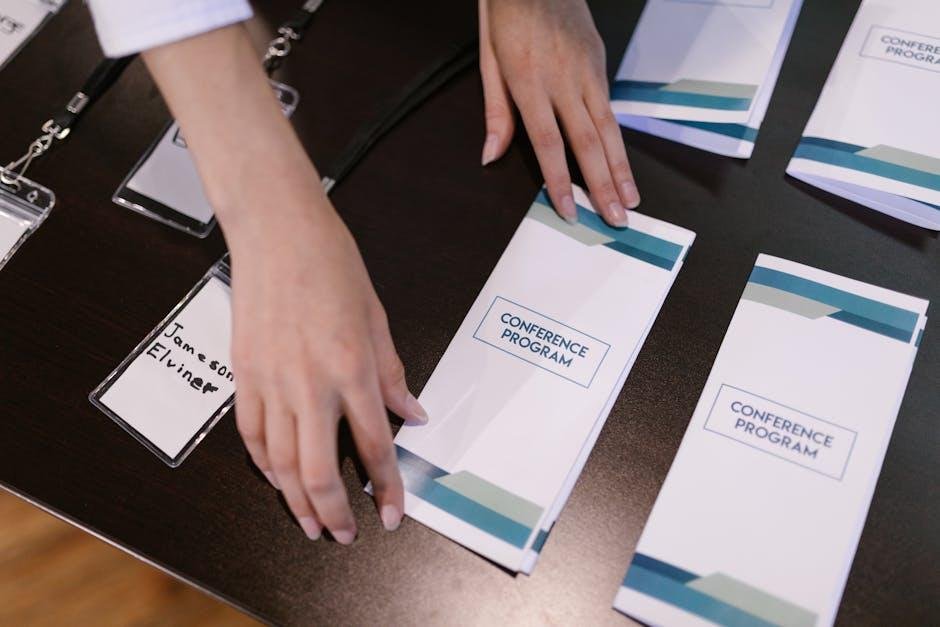Companies often talk a big game when it comes to hiring “experts.” They want the best minds, the most seasoned professionals, and those who’ve weathered the storms of complex projects. But when it comes time to sign the check, that enthusiasm vanishes. Suddenly, the expert is too expensive, and the search shifts—to someone younger, cheaper, and less experienced.
This isn’t just an isolated pattern; it’s practically policy in many organizations.

The “Expertise Gap” Isn’t Accidental
It’s not that companies can’t find experts. They’re everywhere—consultants, freelancers, even applicants willing to contract. The real issue is that many organizations have no intention of paying for true expertise. It’s simply not in the budget.
Instead, companies lean heavily into the idea that anyone “motivated enough” can get the job done. “Smart” becomes the stand-in for “skilled.” They’d rather invest in someone they believe will grow into the role, not someone who’s already lived through it.
This mindset is particularly attractive when the candidate is a millennial. They’re digital natives, tech-savvy, and fluent in the language of Slack and Monday.com. And—most crucially—they’re accustomed to working for less.
Why Millennials? They’ll Say Yes
Millennials are the perfect candidates for this model. Many grew up during the 2008 recession and entered the workforce with record student loan debt. They’ve learned to hustle, adapt, and take what they can get. If the job title sounds fancy and the culture looks “collaborative,” they’re often willing to overlook the lack of a competitive salary—especially early in their careers.
Companies know this. They’ve mastered the art of repackaging roles with vague titles like “Content Strategist” or “Digital Engagement Specialist” while quietly expecting a laundry list of cross-functional tasks that would normally be handled by a full team.
But millennials don’t just take these jobs—they excel in them. They innovate, streamline, and scale with limited resources. They find hacks where others see walls. And in return, they often receive… more work.

Expertise, Redefined by Necessity
In this new model, “expertise” is no longer a product of years, credentials, or outcomes. It’s become synonymous with flexibility, enthusiasm, and availability. It’s about being able to juggle social media, manage a CRM, write copy, and possibly troubleshoot IT—all in the same afternoon.
What used to be five different roles is now one job description, offered to a millennial with two years of experience and a flexible attitude. The bar isn’t being raised—it’s being rebranded.
This shift reflects a broader cultural undercurrent: the glorification of doing more with less. Somewhere along the line, productivity replaced purpose, and hustle became a personality trait. When companies find someone who’ll deliver without complaint—why pay extra for someone who might question the system?

The Tradeoff That No One Talks About
Of course, there’s a cost to this approach—just not one that appears in the budget sheet. By bypassing seasoned experts, organizations forfeit the wisdom, strategy, and long-term vision that only experience can bring. The result? Teams constantly reinventing the wheel, making the same mistakes, and relying on speed rather than substance.
Millennials, for their part, eventually catch on. They burn out. They realize they were hired for their adaptability, not their advancement. Some leave. Others stay but disengage. And the cycle begins again—with a new round of promising hires ready to take on impossible workloads for average pay.
So, What Now?
It’s easy to say that companies should “do better” and invest in real expertise. But as long as the bottom line rules the boardroom, short-term savings will almost always beat long-term strategy. That means millennials—and now Gen Z—will continue to be tapped as low-cost solutions for high-demand roles.
The smartest among them won’t just accept this—they’ll build side hustles, go freelance, or create the companies they once dreamed of working for. In the meantime, businesses that prioritize budget over balance will continue to spin their wheels, wondering why growth stalls and talent slips away.

